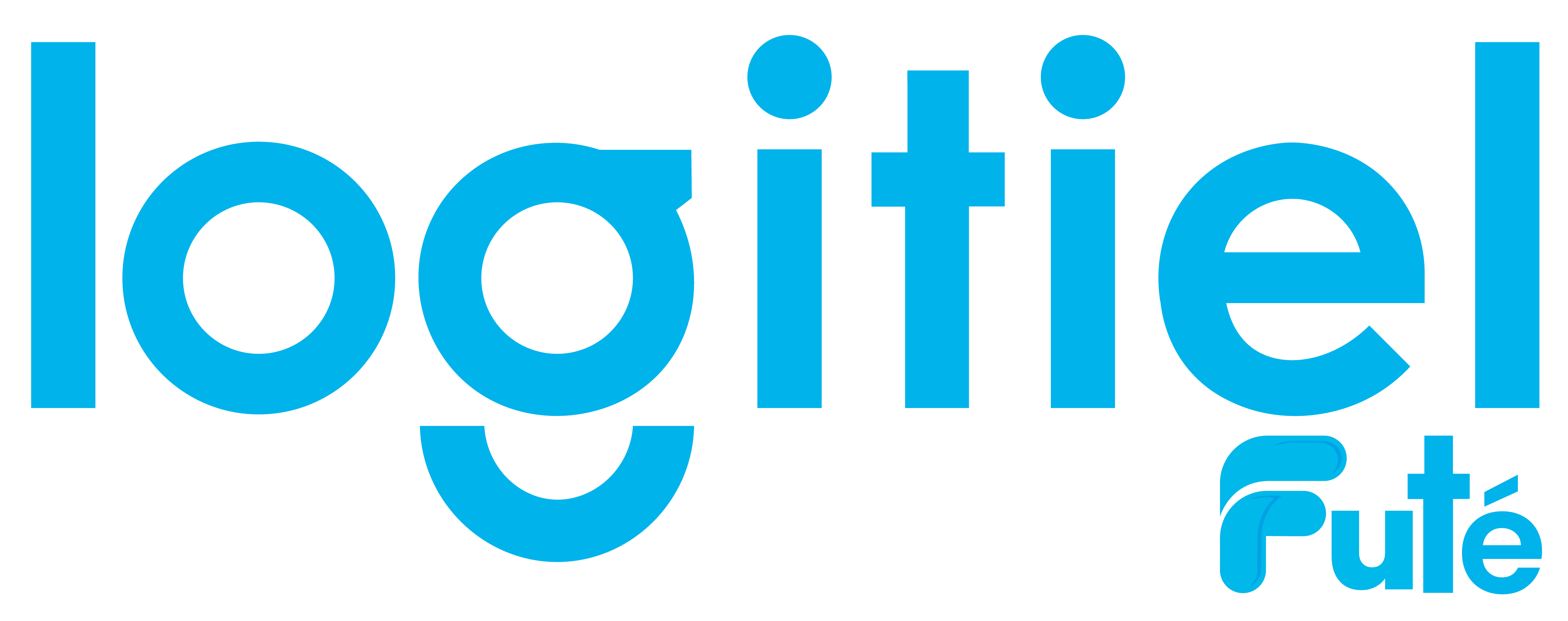In today’s digital world, data is everything. But with growing concerns about user privacy and data security, traditional machine learning methods are being challenged. Enter Federated Learning — a revolutionary approach to training AI models while keeping data private and secure. Let’s dive into what federated learning is and how it enhances privacy.
What is Federated Learning?
Federated Learning is a machine learning technique where the model is trained across multiple devices or servers that hold local data samples, without ever transferring the data to a central location. In simple terms, the data stays on your device, and only the updates or improvements to the model are shared with the central server.
This decentralized approach allows for training AI models collaboratively while keeping user data private.
How Does Federated Learning Work?
Here’s a simplified breakdown of the federated learning process:
-
Initial Model Deployment: A central server sends a generic machine learning model to multiple devices (like smartphones or edge devices).
-
Local Training: Each device trains the model using its own data.
-
Update Sharing: Devices send only the updated model parameters (not the actual data) back to the server.
-
Aggregation: The server aggregates these updates to create an improved global model.
-
Repeat: The process repeats, making the model smarter over time.
How Federated Learning Enhances Privacy
1. Data Never Leaves the Device
One of the biggest privacy advantages is that raw data remains on your device. This reduces the risk of data breaches and unauthorized access that often come with centralized storage.
2. Minimized Data Exposure
Only model updates are shared, not personal data. These updates are often encrypted and anonymized, ensuring sensitive information stays hidden.
3. Compliance with Data Regulations
Federated learning supports compliance with strict data regulations like GDPR and CCPA, as it limits the need to collect or store personal data centrally.
4. Personalized Experience Without Privacy Trade-offs
Users can still benefit from personalized AI features (like predictive typing, voice recognition, or health tracking) without sacrificing their privacy.
Real-World Applications of Federated Learning
-
Smartphones: Google uses federated learning in Android devices to improve keyboard predictions without accessing user messages.
-
Healthcare: Hospitals collaborate on AI models for disease detection while keeping patient data secure.
-
Finance: Banks use it for fraud detection without compromising customer data.
Final Thoughts
Federated Learning is reshaping the future of AI by making it smarter, more secure, and privacy-focused. As businesses and users become more conscious of data privacy, federated learning offers a promising way to leverage the power of machine learning without compromising user trust.
FAQs
Q: Is federated learning the same as decentralized learning?
A: While they’re similar, federated learning focuses specifically on training models across devices without moving data, whereas decentralized learning can involve different forms of data and model management.
Q: Can federated learning be hacked?
A: Like any technology, it’s not immune to threats, but with techniques like encryption, secure aggregation, and differential privacy, federated learning is much safer than traditional methods.
Ready to build smarter, privacy-first AI?
Explore how federated learning can empower your business without putting customer data at risk.

